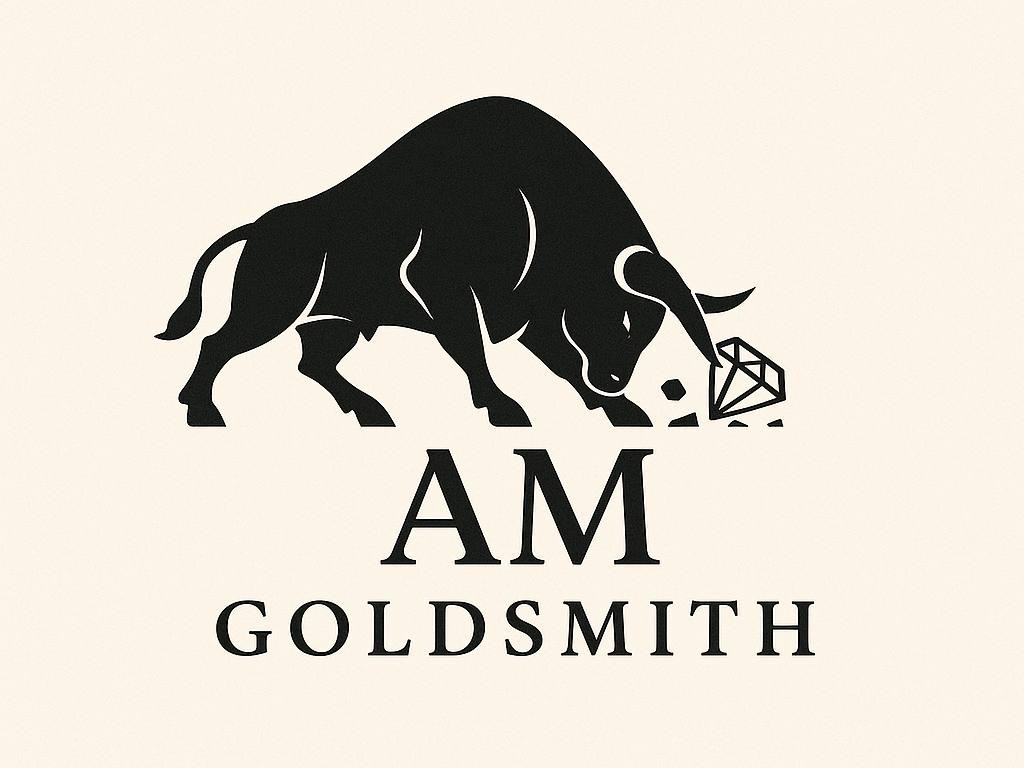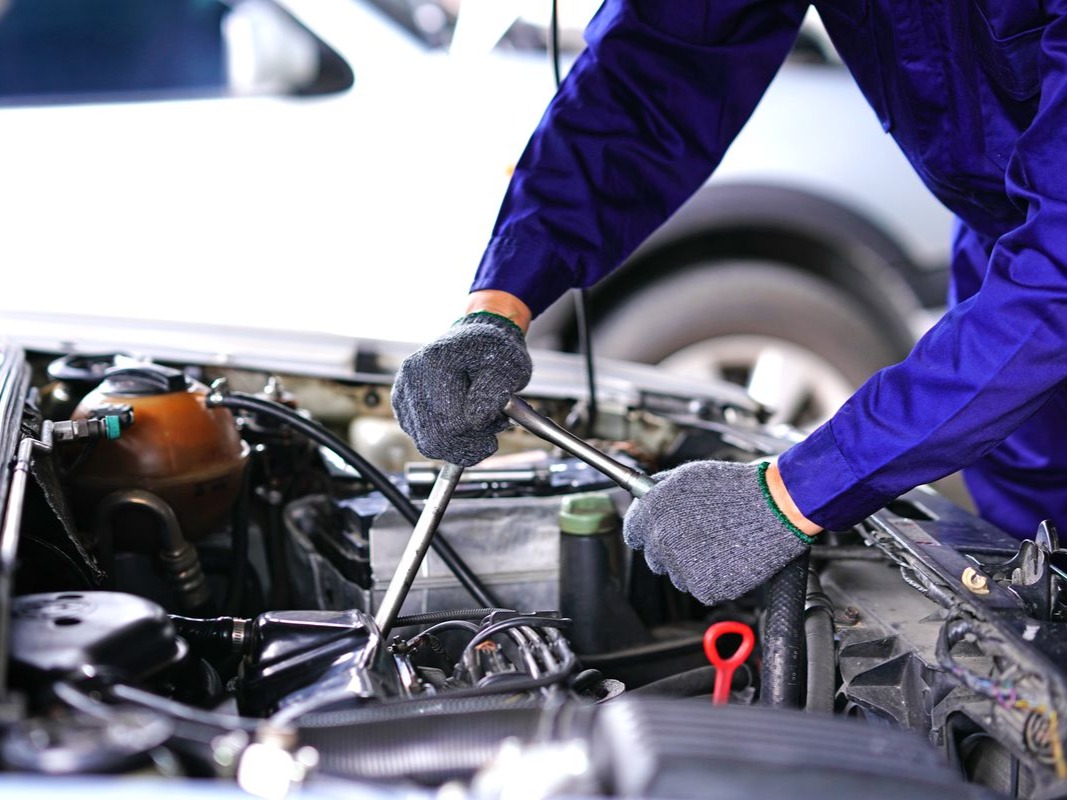Preparing your home for the harsh Calgary winter is not just a matter of comfort, but a necessity for survival and saving significant amounts of money. Calgary is located in one of the most challenging climatic regions of Canada, where winter temperatures regularly drop to -20°C and below, and with the wind chill factor, it can feel like -40°C and colder. The average annual heating degree days (HDD) is around 5,000 HDD18, which places high demands on home insulation.
Climate challenges in Calgary
The Calgary climate is characterized by:
- Chinooks — warm, dry winds that cause sudden temperature changes.
- Strong winds — average speed of 14.2 km/h, which increases heat loss.
- Expansion/contraction cycles — due to temperature fluctuations.
Thermal insulation requirements
According to the Alberta National Building Code:
- R-60 — for attics.
- R-22 — for above-ground walls.
Recommended values for Calgary:
- R-50 or higher — for attics.
- R-30 — for exterior walls with exterior insulation.
Heating systems

Natural gas
- The most economical source.
- Efficiency up to 98.5% AFUE.
Electric systems
- 100% efficiency, but higher cost and slow heating.
Heat pump
- Effective down to -20°C, requires a backup heat source.
- Reduces CO₂ emissions.
Attic insulation
- R-60+ — recommended for Calgary.
- Materials:
- Blown fiberglass — affordable and effective.
- Foam glass — more expensive, but has higher R-value and air barrier.
Important: Provide ventilation to prevent condensation and mold.
Walls
Interior retrofit
- Blown insulation through holes in the wall.
- Least invasive method for older homes.
External insulation

- 1–2 inches of foam board over the sheathing.
- Advantages:
- Continuous thermal barrier.
- Eliminates cold bridges.
Basement
- Moisture and contact with the ground are the main problems.
- XPS — the best option (closed pores, moisture resistance).
- Closed-cell foam — a combination of insulation, sealing, and vapor barrier.
R-recommendations: minimum R-20.
Windows and doors
- Triple glazing + argon — recommended standard.
- U-factor 0.20 or lower.
- Professional installation — essential for effectiveness.
- Thermal curtains, night blinds — additional protection.
Sealing
- Important in Calgary's strong winds.
- Methods:
- Expanding foams.
- Acoustic sealants.
- Blower door test — identification of weak spots.
Ventilation (HRV systems)
- Ensure air exchange while retaining heat.
- Recover up to 85% of heat.
- Regular maintenance required (filters, heat exchanger, drainage).
Intelligent control
- Programmable thermostats:
- -2°C at night = -10% consumption.
- Zone heating:
- Thermostatic valves, dampers.
- Especially for south-facing windows.
Passive solar heat

- Sunlight through south-facing windows.
- Heat storage:
- Stone/concrete surfaces (thermal mass).
Maintenance
- Filters — replace every 1–3 months.
- Annual service:
- Combustion check.
- Heat exchanger.
- Thermostat calibration.
- Carbon monoxide check.
Air humidification
- Humidity 30–50% — comfort and savings.
- Avoid condensation.
- Regular cleaning of humidifiers.
Financial support
- Greener Homes Grant — up to $5,000.
- CEIP — low-interest financing.
- Calgary Home Upgrades Program — education and assistance with upgrades.
Energy audit
- Includes:
- Airtightness test.
- Thermography.
- Prioritization of measures.
- Maximization of ROI.
Phased implementation
- First — airtightness, attic.
- Then — windows, heating.
- Smart budgeting.
Future planning
- Preparation for:
- Price increases.
- New technologies (heat pumps, electrification).
- High quality = long-term benefits.
Consumption monitoring

- Smart meters.
- Analysis before and after upgrades.
Safety
- Impact of airtightness on ventilation.
- Carbon monoxide testing.
- All gas work — only certified specialists.
Environment
- Reduction of GHG emissions.
- Increase in the value of energy-efficient homes.
Latest technologies
- Aerogels, vacuum panels — maximum R-value with minimal thickness.
- Smart control — integration of heating, lighting, and ventilation.
- Heat pumps — increasing viability even at -30°C.
Conclusion
Insulating your home in Calgary is an investment in safety, comfort, savings, and environmental responsibility. With financial programs and long-term benefits, energy efficiency is one of the smartest moves a homeowner can make.
A well-insulated home is warm, quiet, and profitable.